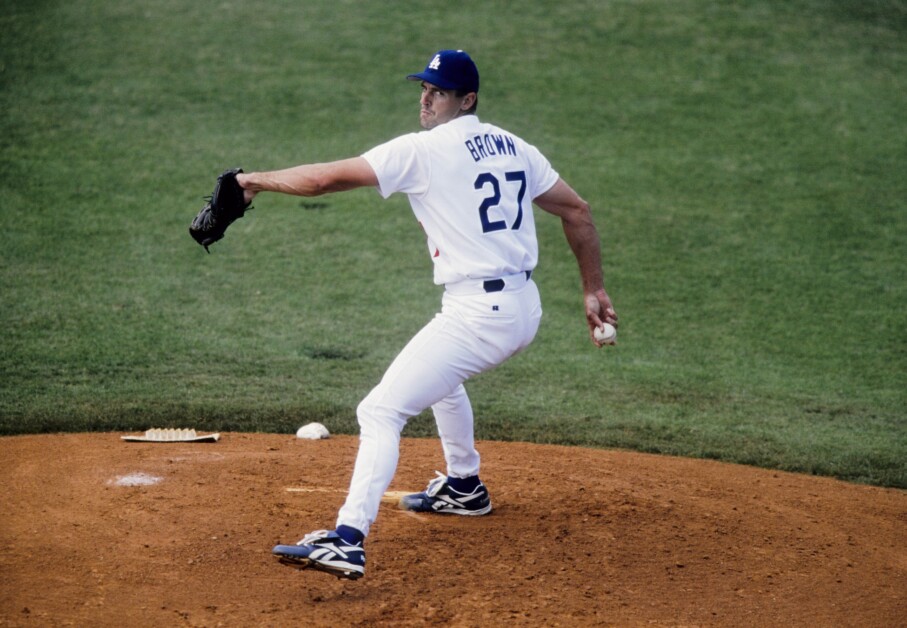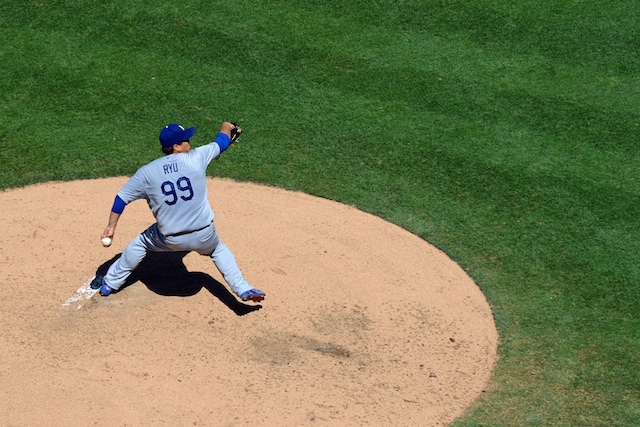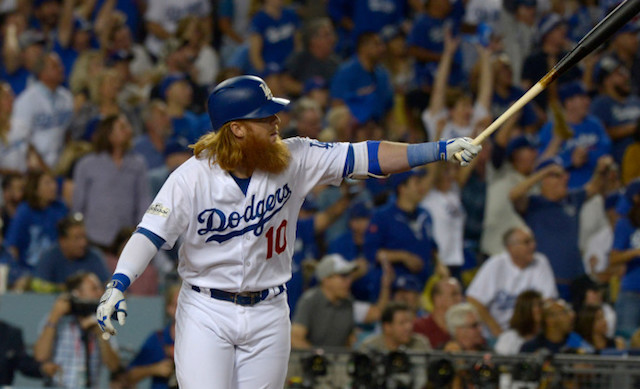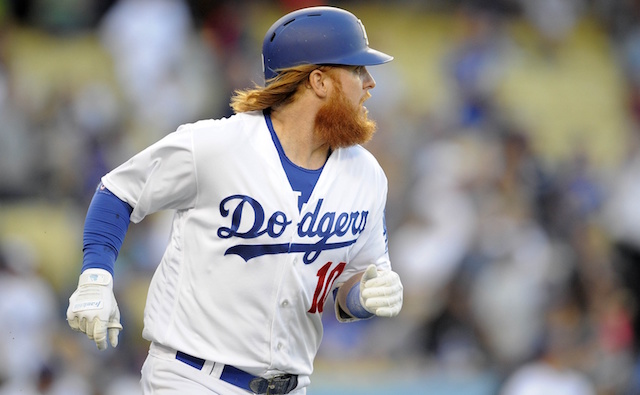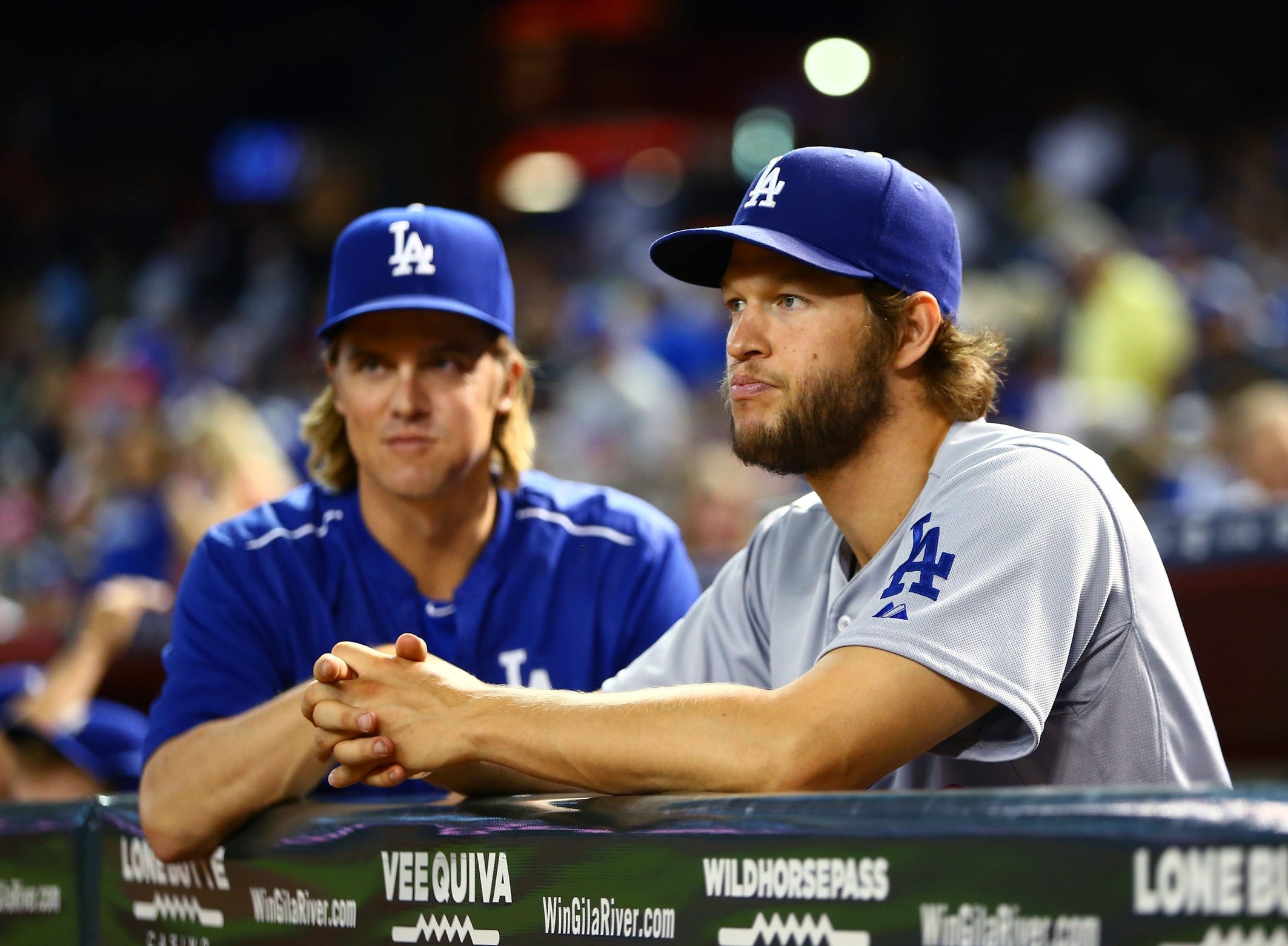According to Forbes, the Los Angeles Dodgers have solidified their position as one of the wealthiest franchises in Major League Baseball (MLB), boasting a value of $4.075 billion. Their impressive $565 million revenue also leads the league, making them a force to be reckoned with when signing free agents. The Dodgers have a reputation for offering some of the most lucrative contracts in the game, including hefty salaries and signing bonuses used to entice top talent to come to Hollywood.
With their sights set on capturing their eighth World Series title, and second in just four years, the Dodgers have not shied away from opening their wallets to secure top-tier talent. This commitment to success is evident in the franchise’s history of making some of the biggest free-agent signings in the league. To provide insight into these high-profile deals, we’ve compiled a list of the ten largest free-agent contracts ever signed by the Dodgers.
Brandon McCarthy
First up is Brandon McCarthy, who the Dodgers signed in 2014 for the 2015 MLB season. McCarthy had a history of injuries, but he had a strong showing in 14 starts with the Yankees after the 2014 trade deadline. Despite concerns about his injury history, the Dodgers offered him a four-year, $48 million contract heading into his age-31 season. Unfortunately, McCarthy only pitched in 155.2 innings with the Dodgers from 2015-2017 before being traded to the Braves. He ultimately retired after the 2018 season. Many consider McCarthy’s contract one of Andrew Friedman’s worst signings.
Rich Hill
Next is Rich Hill, another free agent signed by Friedman after he came over from Oakland. Hill had an incredible showing in his six post-deadline starts in 2016, with a 1.83 ERA and 0.79 WHIP. The Dodgers were impressed enough to offer him a three-year, $48 million contract. However, Hill struggled with injuries and only pitched in 63 games for the Dodgers. Despite this, Hill’s postseason appearances (with a 2.70 ERA in 12 games totaling 50 innings) may have justified his contract. Hill is now set to play for the Pittsburgh Pirates in 2023 at 43.
A.J. Pollock
Another good signing was A.J. Pollock, who the Dodgers signed in 2019 to a four-year, $55 million deal. While he only played in 86 games in his debut season due to injury, Pollock bounced back in 2020 with a dominant showing. In 2021, he raked despite appearing in just 117 games. However, the Dodgers traded him before the 2022 season for Craig Kimbrel, a deal that ultimately didn’t work out for either team. Despite this, Pollock finished with a .856 OPS and 124 OPS+ in 258 games with the Dodgers, proving that the team got its money’s worth.
Chris Taylor
More recently, we have Chris Taylor, who signed a four-year, $60 million contract with the Dodgers after his All-Star 2021 campaign and dominant postseason performance. While he battled injuries in 2022, Taylor is expected to bounce back in 2023 and serve as the super utility option the Dodgers have relied on for years. While some may question the regrettable nature of his contract, the Dodgers felt it was necessary to retain Taylor’s services after losing several key players in recent offseasons.
Kenley Jansen
Next is Kenley Jansen, who signed a five-year, $60 million deal with the Dodgers in 2017. At the time, it was the second-largest contract ever for a closer, but Jansen had certainly earned it. He was one of the most dominant closers in the sport from 2012-2016 and is one of the best in Dodgers history with 350 saves and 1,022 strikeouts. After his contract was up in 2021, Jansen signed with the Braves, where he led MLB in saves with 41. He signed a two-year deal with the Red Sox before the 2023 campaign.
Justin Turner
The Dodgers hit pay dirt with Justin Turner, who hit free agency after the 2016 season. The Dodgers were determined to keep their star third baseman, so they inked him to a four-year, $64 million deal. Despite dealing with injuries throughout his contract, Turner proved to be one of the best third basemen in the game and was a dominant force in the postseason. He played a key role in the Dodgers’ 2020 World Series championship.
Trevor Bauer
This one stings—Trevor Bauer, who signed a three-year, $103 million deal with the Dodgers in 2021. Despite concerns about his character, the Dodgers took the bait and signed Bauer after his COVOD-shortened 2020 Cy Young campaign. Unfortunately, his MLB career was derailed by sexual assault allegations after just 17 games with the team. The Dodgers will pay him $22.5 million not to pitch for them in 2023. He will take the mound in Japan after agreeing to a one-year, $4 million deal with the Yokohama DeNA BayStars of Japan’s Nippon Professional Baseball.
Kevin Brown
Next is Kevin Brown, who signed a seven-year, $105 million deal with the Dodgers in 1998. Brown had a solid showing in his five years with the team, going 58-32 with a 2.83 ERA, 3.16 FIP, and 1.10 WHIP in 137 games (129 starts). Despite missing some time with injuries in 2001-2002, he was still a valuable player for the Dodgers and racked up over 20 WAR in his five years with the team.
Zack Greinke
Zack Greinke also had a notable contract with the Dodgers, signing a six-year, $147 million deal in 2012. While he opted out before finishing the contract, Greinke was a dominant force atop the rotation alongside Clayton Kershaw. He went 51-15 with a 2.30 ERA, 2.97 FIP, and 1.03 WHIP in 92 starts for the team and was also a valuable player in the postseason.
Freddie Freeman
Finally, Freddie Freeman signed a six-year, $162 million deal with the Dodgers after the 2021 season. While it remains the largest free agent deal in franchise history, Freeman was worth the investment in his first season with the team. He led the NL in hits, doubles, and OBP and helped lead the Dodgers to a historic 111-win campaign. While the team fell short in the NLDS against the Padres, Freeman proved to be one of the best first basemen of his generation and shows no signs of slowing down anytime soon.
Overall, the Dodgers have had their share of notable free-agent signings over the years. While some contracts have proven worth the investment, others have fallen short of expectations. As always, the team must make smart decisions in the offseason to remain competitive in the highly competitive MLB landscape.



